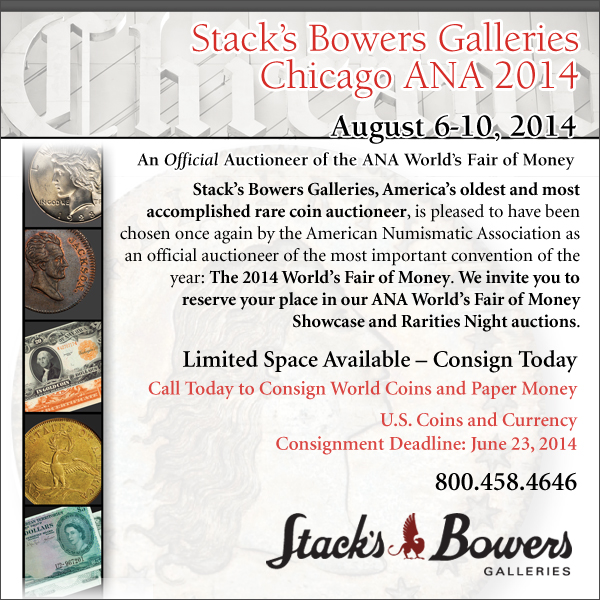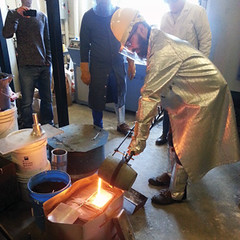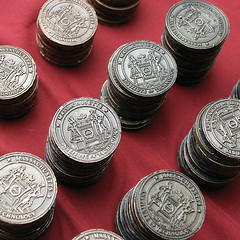
PREV ARTICLE
NEXT ARTICLE
FULL ISSUE
PREV FULL ISSUE
MIT FOUNDRY CASTS MEDALS OF SCHOOL SEAL
John Sallay forwarded this article from Massachusetts Institute of Technology's Technology Review magazine about the school foundry's casting of medals of the MIT seal, written by Materials Science professor Michael Tarkanian.
-Editor
During IAP, I start gathering students willing to donate their time and begin training them in the steps of what’s known as investment (or lost-wax) casting. First we produce and assemble wax copies of the MIT seal, made from a silicone rubber mold of an original medallion. Then we coat these assemblies with ceramic mold material, burn out the wax, and pour molten metal into the cavity left behind. Finally, the students finish the castings—cutting, grinding, polishing, and applying chemical patinas. The allure of molten metal is hard to resist, so the pouring is always the big draw. We cast the medallions in silicon bronze (4 percent silicon, 1 percent manganese, and 95 percent copper by weight) and pour at about 1,100 °C. But while any metal pour is a spectacle, that’s the easy part. It’s the finishing work that really differentiates a great foundry from a good one. People new to metal casting are always surprised that there’s more work to be done after the metal has been poured than before. I estimate that each medallion requires more than one hour of work, all told.
I believe all graduates of a materials science program should get to try metal casting. It is one of the foundational elements of our field and a critical technology in the history of human civilization. It makes so many fundamental principles of science and engineering clear, immediate, and tangible. And with materials science curricula and American industry evolving away from metallurgy, our medallion-making project might be many students’ only chance to see molten metal in person. To read the complete article, see: A Labor of Love (www.technologyreview.com/article/526246/a-labor-of-love/)

Wayne Homren, Editor The Numismatic Bibliomania Society is a non-profit organization promoting numismatic literature. See our web site at coinbooks.org. To submit items for publication in The E-Sylum, write to the Editor at this address: whomren@gmail.com To subscribe go to: https://my.binhost.com/lists/listinfo/esylum All Rights Reserved. NBS Home Page Contact the NBS webmaster 
|

